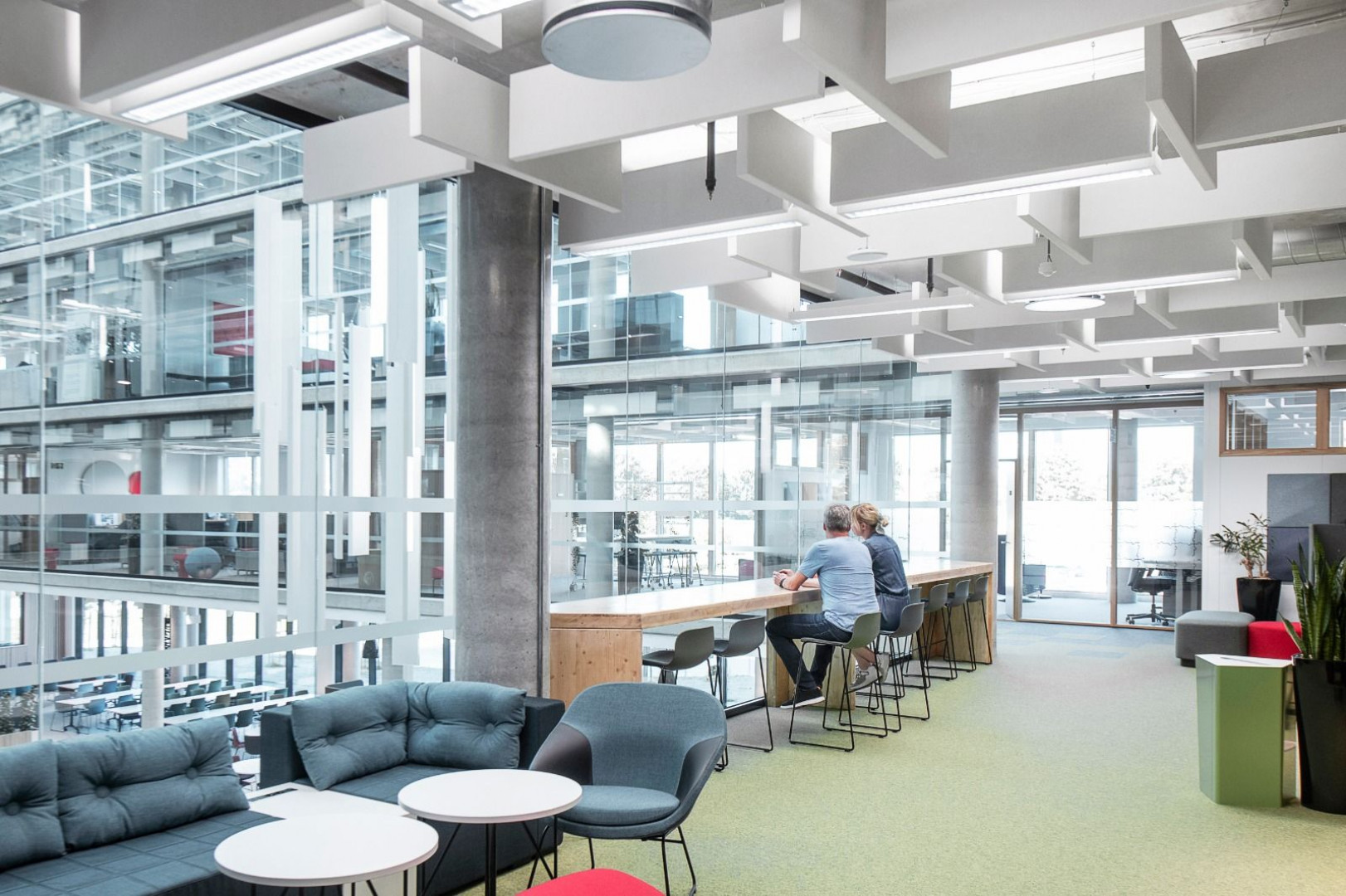-
Singapore
Copyright © 2025 Powered by BCI Media Group Pty Ltd
Confirm Submission
Are you sure want to adding all Products to your Library?
Contact Detail

Whether we are at home or in the office, we spend so much of
our time indoors that it only makes sense to focus on brightening our indoor
environment. As the indoor environment contributes positively to multiple
health issues, but what can be done to improve indoor comfort?
Let the light in
Beyond aesthetics, light is vital to human functioning and affects the comfort, health and mood of individuals. By focusing on increasing the daylight and lighting quality within a space, you can create a brighter environment that effectively provokes productivity and well-being.
Here are some simple and effective ways in which you can bring more light into your room to create a happier, more productive space.
Opt for a light colour scheme
When designing your space, keep your colour pallet light as pale, because satin colours will reflect the light and warm, matte colours will absorb it. Incorporating lighter shades of colours on the wall such as eggshell and cream will help to bounce light around the room.
As the largest unused space in a room, the ceiling is also a great place to start when enhancing natural light in an interior. Designing a white ceiling in your space can help boost the perceived illumination by reflecting the bits of natural light that are available.
The benefits of natural light create beautiful effects that create greater well-being and nurture visual comfort. Using ceiling materials with high light reflection and light diffusion, it can draw 11 % more light into a building.

Add
skylights
Skylights are a unique and effective way to bring bright, natural light into your room. They can be quickly and easily installed, and allow more light to flood into a room throughout the day when compared to traditional windows.
Adjust your artificial lighting
If your room has little or no natural light, don’t settle for a “one size fits all” approach to artificial lighting. Especially at offices, computers and digital screens emit artificial light directly into the eyes an



